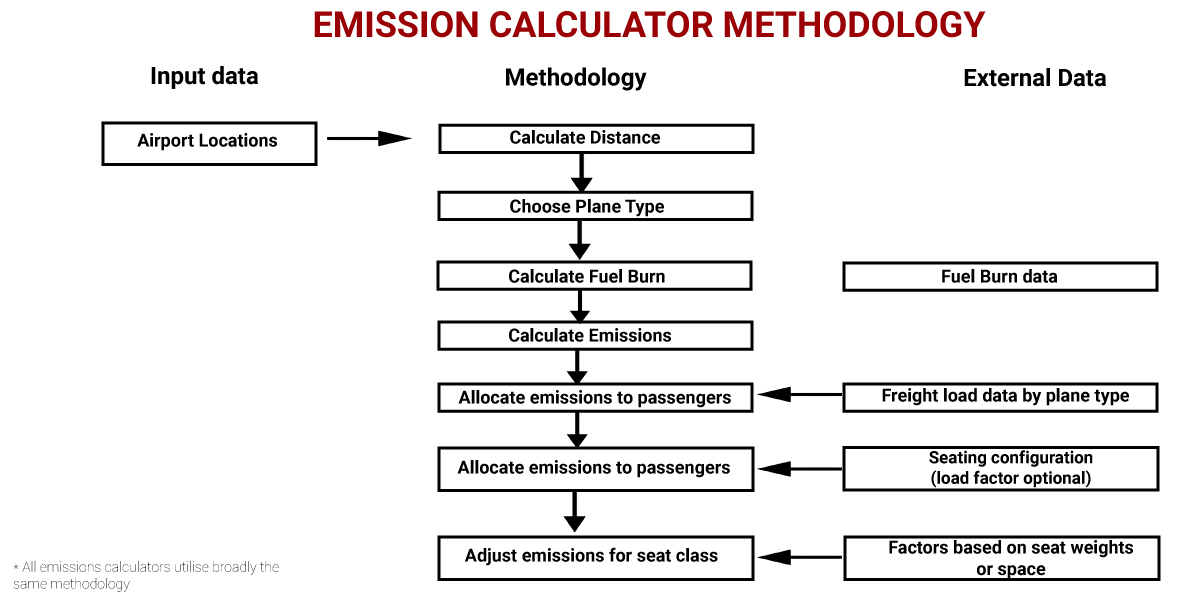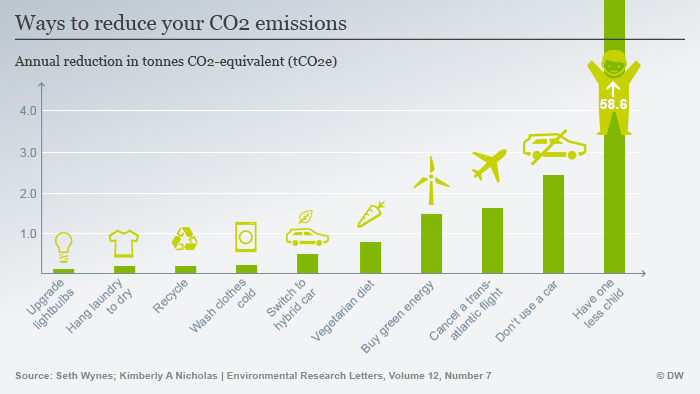Researching about aviation facts, I came across the fact that plane exhaust kills more people than plane crashes. Moreover, airplane emissions are linked to 8,000 deaths each year, while the number of people killed in plane crashes is under 1,000.
For the beginning, it is important to point out that according to estimates, there are about 20,000 planes in use across the world that serve around 3 billion passengers per year. The situation will be even worse by 2040 when the growth is anticipated on 50,000 planes in use.
So let’s consider why is that a problem.
What is CO2 and why it is so harmful?
Carbon dioxide (CO2) is mostly known as a gas that planes, buses, and cars produce and which enhance global warming. Animals and humans produce this gas naturally, in the simple process of breathing – we inhale oxygen and exhale CO2. This naturally produced CO2 is not problematic. The problem is that unnatural sources have produced such a huge amount of CO2 in the atmosphere that it became dangerous. In everyday life, the average person uses materials such as gas, oil and coal. Production of these materials causes the Greenhouse effect, a process where CO2 emissions get into the air and create an invisible layer around the Earth, which keeps heat inside the Earth and causes a global warming. According to the American National Oceanic and Atmospheric Administration, during the 20th century, the Earth’s average temperature increased about 2.1 degrees Fahrenheit (1.2 °C). Main consequences of global warming are melting of polar caps and rising of sea levels.
For more picturesque explanation, watch the video below:
Aviation and CO2 emissions
Aviation is one of the biggest sources of greenhouse gas emissions. In fact, according to official data, direct emissions from aviation make more than 2% of total global emissions. If that seems insignificantly to you, consider that if total global aviation were a country, it would be ranked in the top 10 emitters. The International Civil Aviation Organization (ICAO), an agency of the United Nations, which adopts standards and recommended practices concerning all aspects of international civil aviation, predicts that by 2020, global aviation emissions would be 70% higher than in 2005, and by 2050, emissions could grow by 300 to 700%.
While it is generally accepted the opinion that aviation takes 2% of total global emissions, things maybe are not that “positive”. Professor Dr. Volker Grewe, a researcher at DLR (The German Aerospace Centre) and chair for climate effects of aviation at Technical University Delft, claims that air transport’s contribution to climate change is approximately 5%. Aviation emissions such as nitrogen oxides, water vapor, particulates, contrails and cirrus changes have additional warming effects. Another frightening fact is that accumulated CO2 has a very long life in the atmosphere, about 100 years.
Interesting thing is that planes do not use the same amount of energy during every stage of flight. The landing and take off require more of fuel usage and energy than cruising at altitude. Since planes engines are working harder during the landing and take off phases, fuel burn is higher. When the plane reaches full cruise altitude, engines work less hard, in this stage at higher altitudes less fuel is burnt due to the thinner atmosphere. Therefore, flying nonstop is much more energy efficient.
Certainly, the type of aircraft, type of engines, altitude and distance flown affect flight emission. Aircraft type, cruise altitude and sector distance are used to calculate the fuel consumption and emissions during the landing, take off, and cruising stage on each route.
Fuel burn data is publicly available for many models, but these datasets do not include newer modern, more efficient plane models such as the Airbus A380 or Boeing 737-800. This is partly the reason behind overestimation in emissions.
When it comes to the airlines, the carbon emissions levels are calculated by comparing carbon emissions levels per passenger per sector incorporating load factors by the airline. The carbon emissions of airlines, which operate on short sectors with low load factor, become higher. Low-cost airlines generally have higher average load factor and they are considered more efficient, in the ecological context. Therefore, to reduce carbon emissions per passenger kilometer it is recommended to:
- increase load factor
- operate a fuel-efficient fleet of aircraft
Aviation industry efforts to reduce the emissions of CO2
The aviation industry is well aware of the impact it has on the future of planet Earth. That is why they came with a 4-pillar strategy for addressing aviation’s climate impacts and to meet the carbon targets:
- New technology, including the deployment of sustainable alternative fuels
- More efficient aircraft operations
- Infrastructure improvements, including modernized air traffic management systems
- A single Global Market-Based Measure (GMBM) to fill the remaining emissions gap
The aviation sector seems to be committed to infrastructure operational, and technology advances to reduce the sector’s carbon emissions. In 2017, ICAO adopted the global CO2 certification standard for new aircraft that puts CO2 emissions in relation to their weight and size. The standard will be in practical use in 2020, and it is projected to save significant quantities of CO2.
ICAO created a methodology to calculate emissions and it is based on features such as aircraft type, route distance, passenger load factor, etc. on the illustration you can see how CO2 emissions are calculated:

ECI, University Oxford
From passenger’s perspective, if you want to have an overlook into the production of CO2 and you are Apple user, you can download the Carbon Calculator app that is simple to use and requires a limited amount of information from the user. The app allows passengers to estimate the emissions attributed to their air travel.
Finally, it is important to point out that global warming is not a myth. It is happening here and now. Our duty is to protect our planet for the next generations and use technological achievements responsibly. On the picture below it is shown how to reduce your CO2 emissions:








